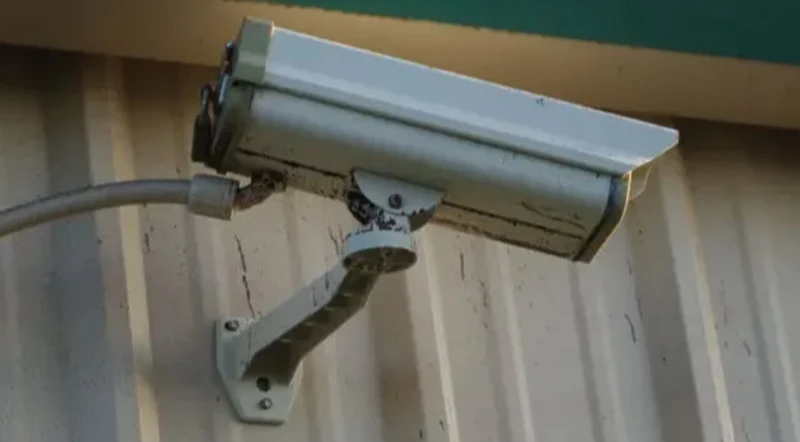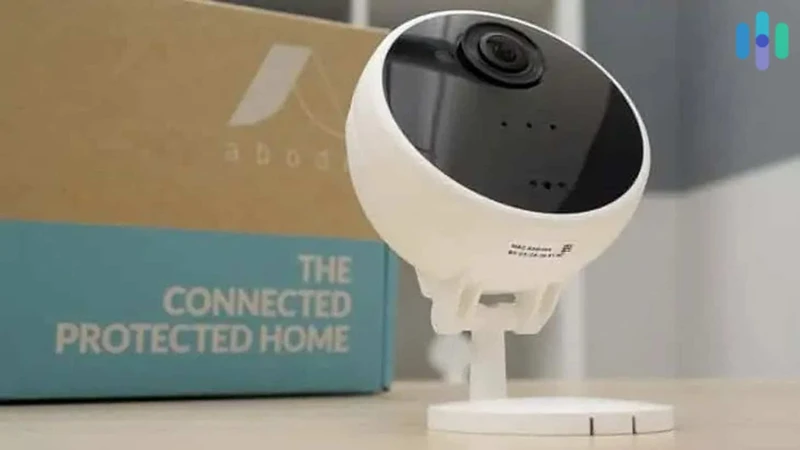Pros of Video Surveillance Systems

1. Deter Crime
The presence of video surveillance cameras can act as a deterrent to potential criminals. The sight of cameras can make criminals think twice before committing a crime, as they do not want to be caught on camera.
2. Provide Evidence
In the event that a crime does occur, video surveillance footage can provide valuable evidence to help identify and prosecute the perpetrator. This can be especially useful in cases where there are no witnesses or other forms of evidence.
3. Monitor Activity
Video surveillance systems can be used to monitor activity in real-time, allowing you to keep an eye on your property from anywhere at any time. This can be especially useful for businesses, as it allows them to monitor employee activity and customer interactions.
4. Increase Safety
Video surveillance systems can also increase safety by allowing you to monitor areas that may be high-risk or difficult to see. For example, a camera can be placed in a dark alley or parking garage to increase visibility and deter criminal activity.
Cons of Video Surveillance Systems
1. Cost
One of the biggest drawbacks of video surveillance systems is the cost. High-quality cameras, storage devices, and installation costs can add up quickly. Additionally, ongoing costs such as maintenance and monitoring fees can also be a factor to consider.
2. Privacy Concerns
Another potential downside of video surveillance systems is the invasion of privacy. Cameras can be seen as an invasion of privacy, especially if they are placed in areas where people have a reasonable expectation of privacy, such as bathrooms or changing rooms.
3. False Sense of Security
While video surveillance systems can deter crime and provide evidence, they can also give a false sense of security. It’s important to remember that cameras are not a substitute for other security measures, such as locks and alarms.
4. Vandalism and Theft
Cameras can be vandalized or stolen, which can render them useless. Additionally, if a criminal is aware of the cameras, they may take steps to avoid being seen, which can make it more difficult to identify them.
Factors to Consider Before Installing a Video Surveillance System
1. Cost
As mentioned earlier, cost is a major factor to consider. Be sure to factor in the cost of cameras, storage devices, installation, and ongoing maintenance and monitoring fees.
2. Placement
Placement of cameras is also important. Be sure to place cameras in areas where they will be most effective, such as high-traffic areas, entrances and exits, and areas that are difficult to see.
3. Privacy
Consider the privacy implications of installing a video surveillance system. Be sure to place cameras in areas where they will not invade anyone’s privacy.
4. Legal Considerations
Be aware of any local laws or regulations regarding video surveillance. Some areas have strict laws regarding the use of video surveillance, so be sure to check with local authorities before installing a system.
Interested in learning more about video surveillance systems? Check out our articles on wired video surveillance pros and cons, analog cameras surveillance pros and cons, video surveillance in retail pros and cons, PTZ cameras vs. surveillance systems, and outdoor video surveillance do’s and don’ts for a comprehensive look at the different aspects of video surveillance technology!
Conclusion
Video surveillance systems can be a valuable tool for increasing security and providing peace of mind. However, it’s important to consider both the pros and cons before making a decision to install one. Factors such as cost, placement, privacy, and legal considerations should all be taken into account. By carefully considering these factors, you can make an informed decision about whether a video surveillance system is right for you.







